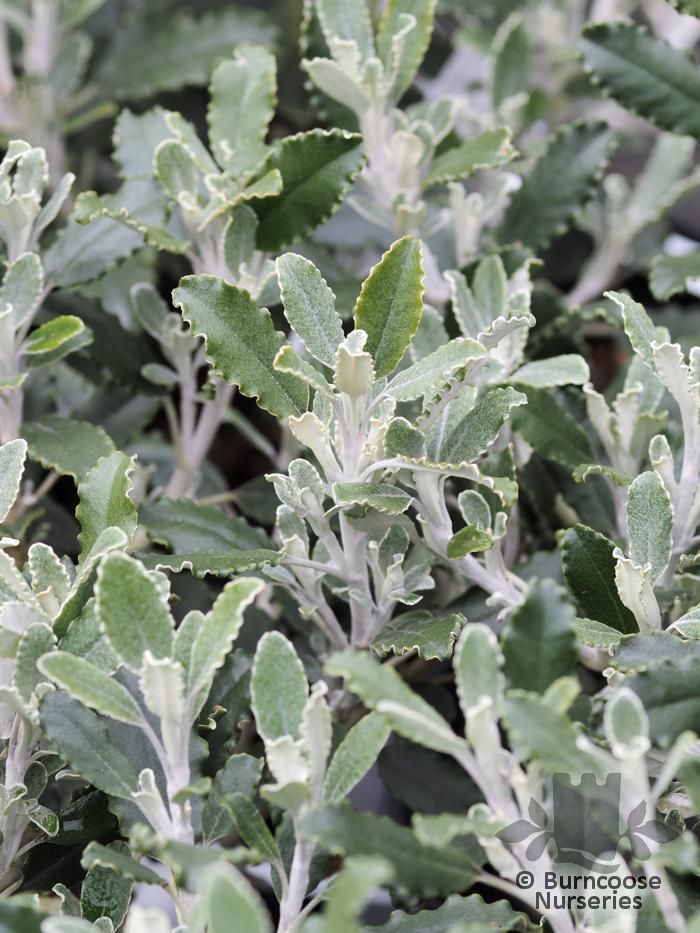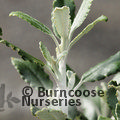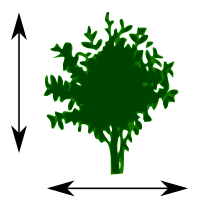BRACHYGLOTTIS monroi

<





>
BRACHYGLOTTIS monroi
Commonly known as (formerly Senecio)
Dense shrub with many branches and masses of yellow flowers in summer
Full Plant Details - Sun/Soil & other attributes
-
Floweringlocal_floristJanlocal_floristFeblocal_floristMarlocal_floristAprlocal_floristMaylocal_floristJunlocal_floristJullocal_floristAuglocal_floristSeplocal_floristOctlocal_floristNovlocal_floristDec
-
 Good to know
Thrives in coastal sites. Wildlife plant - insects
Good to know
Thrives in coastal sites. Wildlife plant - insects -
 Pests & Diseases
None
Pests & Diseases
None -
 Place of origin
New Zealand (South Island)
Place of origin
New Zealand (South Island) -
Resistant to honey fungusThese plants have little or few problems with honey fungus.
-
EvergreenObovate-oblong, leathery, olive green leaves to 4cm (1½in) long, tightly crisped at the margins, white beneath.
-
 Yellow
Yellow
-
Australian / New Zealand
-
Border
-
Coastal / windsweptSuitable for an open site slightly back from the sea
-
Suitable for small gardens
-
Fully hardy
-
 Crenate
Crenate
-
 Oblong
Oblong
-
 Obovate
Obovate
-
 Height
1m (39in)
Height
1m (39in) -
 Spread
2m (6½ft)
Spread
2m (6½ft) -
Medium shrubTypically grow to around 4-6 feet in heightProduces flower heads 2cm (¾in) across with conspicuous ray-florets in terminal corymbs
-
 Pruning group 5
Suitable for: Evergreen shrubs that require minimal pruning.
Pruning group 5
Suitable for: Evergreen shrubs that require minimal pruning.
Action: Trim or lightly cut back shoots that spoil symmetry. Deadhead regularly.
When: Annually after flowering.
-
 Hardy - average winter
Hardy through most of the UK apart from inland valleys, at altitude and central/northerly locations. May suffer foliage damage and stem dieback in harsh winters in cold gardens. Plant can withstand temperatures down to -10°C (14°F)
Hardy - average winter
Hardy through most of the UK apart from inland valleys, at altitude and central/northerly locations. May suffer foliage damage and stem dieback in harsh winters in cold gardens. Plant can withstand temperatures down to -10°C (14°F) -
Autumn Seasonal Interest
-
Spring Seasonal Interest
-
Summer Seasonal Interest
-
Winter Seasonal Interest
-
Fertile well drained soil
-
 Full sun
Full sun
-
 Bee friendly
Bee friendly
-
Mature Size1m (39in)


2m (6½ft)
View Planting Tips and Care Advice
Brachyglottis - Care Guide
View Customers Also Bought
View Planting Combinations








